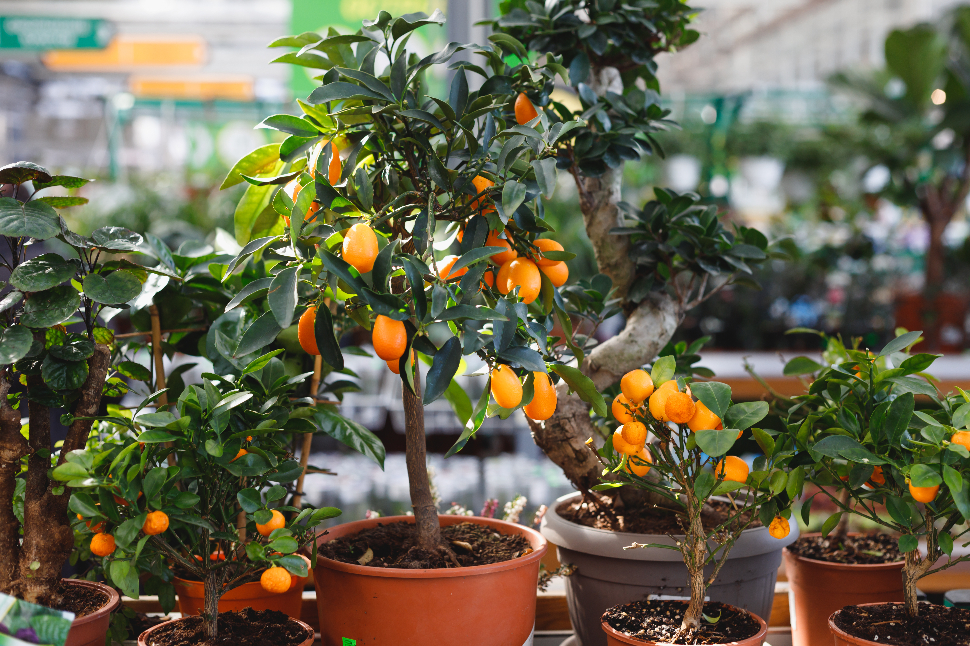If you caught up on our previous blog, you know that we are talking all about Marketing Funnels this week. In the second of our 2-part series, we are going through 8 elements necessary for creating a solid marketing funnel.
1. Product Market Fit
In the first part of this series, we briefly looked at your product market fit. What does this mean? Ultimately, it’s important that you know your customer if you want to market in a way that grabs their attention. You can start by asking who your ideal customer is and what their demographics are. Then ask what their basic interests and core values might be, and what their lifestyle looks like.
By knowing your customer, you can start diving into some of the deeper aspects of their lives. You can try to learn their pain points and the difficulties they face. What problems are they trying to overcome? What do they hope to achieve, and what’s stopping them from making that happen? If you know what their struggles are, you can look at what their desired state would be. After they have the solution to their problem (i.e. your product) what is their ideal lifestyle? What do they consider necessary for success?
And, most importantly, how does your product act as the bridge that takes them from their pain point to their achievement?
2. Traffic Sources
Once you know your product market fit, you have to start acquiring traffic sources. This shouldn’t be a problem. If you have low traffic, there are ways to buy it.
What does this look like?
Email marketing is a great option—and one of the cheaper ones. This depends on the size of your subscriber list and what features you need. You might even be able to get away with a free email marketing plan. But if you want to take your email marketing up a notch, it’s still an inexpensive choice to make a big impact in traffic.
You also have the strategy of paying for social advertising on Facebook, LinkedIn, Instagram, Pinterest, YouTube, and nearly any other platform out there. Beyond social, there is search and display advertising through search engines like Google and Bing.
Content marketing through blogs, guest blogs, articles, etc. can be a fantastic choice if your product needs a voice behind it.
Of course, there is organic social media that can be boosted by algorithms and engagement in the right places.
Search Engine Optimization on your website is another key way of gaining traffic. We looked at SEO on one of our previous blogs, if you need some ideas.
With all the ways you can find or buy traffic, think about which platforms are the best ways to reach your customers. We looked at that as well, in our post about targeting your paid ads. Make sure you get confident with one traffic source before jumping to another. You need to attract people to your funnel. If you jump to another method, you will keep getting people to the top of your funnel. They will never continue down to the final stages.
3. Lead Magnets
A lead magnet gives value to your prospective customer. In return, they give you something. Most of the time, that’s contact info, like an email address, so you can add them to your newsletter. It could be a phone number for text marketing, or something else.
When you create your lead magnets, you need it to give them a quick win. It’s important that clients find benefit in this content. It could be a worksheet, a recipe card, a checklist, a short story—whatever your customers want that’s relevant to your business. It should be high quality and solve a specific issue for the customer while helping you make a specific offer in return.
Download our FREE Building a Funnel Checklist
4. Entry Point Offers
Entry point offers are low-ticket. They’re often between $1 and $20, but they have to be irresistible. These get your prospects to make an initial, simple purchase. The hope is that this leads to a long-term business relationship.
Some options for an entry point offer could be a small, easy physical product. Or it could be a book or ebook, or a major discount or coupon code. Usually, a discount is significant for this first purchase.
Sometimes, businesses are willing to break even or lose a couple of dollars to get these prospects to make their first purchase. Why? Starting the relationship with generosity is another way of providing huge value to the customer. It helps them to trust you and want to work with you again.
5. Core Offer
At this point in the funnel, you can transition from your entry point offer to the core offer.
You still need to have great value with this core offer. If customers have been happy with what you have already given them, you turn this core offer to be just as enticing.
Take, for instance, a garden supply company. Your entry point offer could be four organic, heirloom seed packets for $1, but your core offer is organic citrus trees. Those trees need to be everything the customer could ever hope for…and more. Since most gardeners can’t say no to high-quality seed packets, the entry point offer is a grand temptation. But in presenting those citrus trees, you share every bit of the potential you’re giving.
Bearing this in mind, not all the money you make from your core offer needs to go into profits. By budgeting well, you can decide how much should go back into your marketing strategy to keep the funnel ever-filling.

6. Profit Maximizer
A profit maximizer is an immediate upsell. This will increase the average transaction value per customer. That would help add profit by reminding customers about something that would go well with their core offer purchase. (When was the last time you ordered a burger without the fries?)
How can you increase the profit maximizers?
Generate a cross-sell. In their digital cart, show customers what is frequently bought with the item they are buying. In the garden supply store example, this could be suggesting a specific fertilizer to go with the citrus trees. Or if they are buying tomato seeds, suggest basil seeds as well. For anything in your market that is often purchased together, here is your chance to suggest it.
You can also suggest premium subscriptions. People will pay extra if it means there is a long-term benefit. Maybe it’s early access (like first dibs on this season’s trees). Or it could be paying a year upfront for a service provider. For instance, some people hire a home cleaner once a month. The customer might pay for a full year at once if you make the 12th month free.
There are many ways to increase the customer’s experience, all the while, increasing their lifetime value for the business.
7. Landing Pages and Upsell Pages
Your landing page is simply a webpage for a specific offer. This is where all the essential information lives for the core offer. All of your ads, newsletters, and links will lead customers here.
What do you need? First, you should have a headline that gets attention. It could be the name of your off or something that excited people in your industry.
Next, you should have an image of the thing you’re selling, so people can see the product before they buy it.
You should have solid copy on the landing page. It should explain all the benefits of the product for your customers. Show them how this product will get them to the state of achievement or success they’re looking for. The more complex the offer, the more copy you might need.
Below the fold, you need an opt-in form. If you have a lot of copy, you might have to break it into two sections. Divide the text and have an opt-in form at the bottom of each section.
Last, you need a privacy policy and terms of service. This is required for traffic sources compliance.
But it doesn’t stop there. The next stage happens after your customer makes a purchase. Now, you should present them with an upsell immediately.
You should include a thank you note for their purchase and for opting in. Then add basic access instructions to confirm that their order has gone through and give them the order number, and then, bridge the gap.
Here is where you suggest an upgrade to their purchase. Present an excellent deal and encourage them to upgrade without being too pushy.
8. Return Paths
Lastly, you need a return path. This is how you increase the number of transactions each customer makes. You want them to come back to your business and a return path is how you get that. It will bring them back to your brand more often and more quickly.
Use email marketing, exit offers, and loyalty programs. Take advantage of organic social media, content marketing, ad retargeting, and even outbound sales calling.
Ask for reviews that will not only gain you advocates but will also bring these customers back to your website. Grant the occasional discount for a return customer.
There are so many ways to bring your customers back. It just takes a solid knowledge of your industry, an understanding of your customer, and a bit of creativity on your part.
Start Funneling
Strategizing your marketing funnel doesn’t have to be difficult. These 8 steps may seem daunting, but taking them one at a time will help your prospects find you and help your business grow. If, however, you need a bit of help, Planify is here for you. We love to walk alongside our clients as they discover exactly who they are marketing to and how to reach them.
The good news is, the customers are out there, it just takes a few steps to bring them in.

